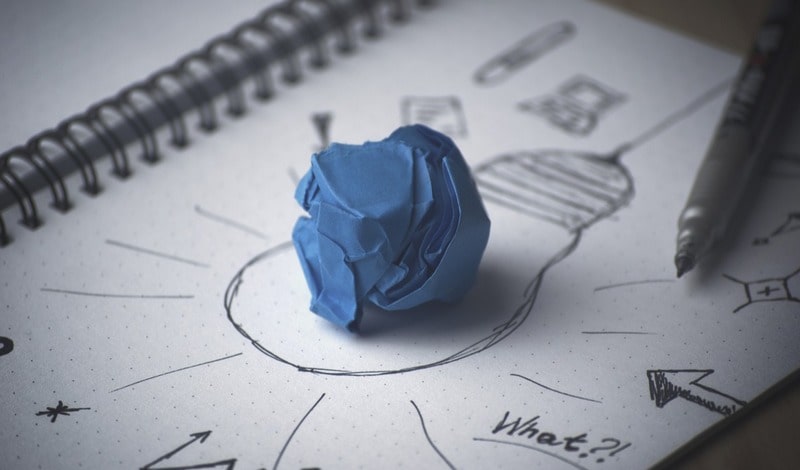The design thinking process implies a method that people use to solve any questions. Initially, the method was used to create physical objects. A great example of it is IKEA furniture, which can be assembled by yourself easily and quickly. All parts are signed, and in the manual, there are illustrations of each step of the assembly.
Now it can be applied anywhere: in business (launch a new media or business and develop a logo) or even in personal life (plan a trip or an apartment renovation). For example, Bernard Ros in his book The Achievement Habit discusses how to apply design thinking for positive changes in life. Thus, it is a very practical approach to answer a variety of questions.
The main goal of design thinking is to go beyond the existing stereotypes and usual ways of solving different questions. In general, this is called thinking outside the box.
The Idea of Design Thinking
Herbert Simon first formulated the idea of design thinking in 1969 in his book The Sciences of the Artificial. Later, the idea was developed by scientists at Stanford University who founded the Stanford Institute of Design, or the d.school, which promotes the idea of design thinking.
It is difficult to say that the founders of design thinking invented something new. They reflected the fundamentals of the practical work of engineers and drew the main steps of the algorithm so that it would be understandable both for people of creative professions and for business representatives.
The method is based on the need to understand the user as much as possible, a comprehensive approach to identifying main questions, focusing on frequent interaction scenarios and finding optimal solutions.
The design thinking process can be divided into 5 consecutive stages:
Stage 1. Empathy
Empathy is the ability to engage in the experiences of other people, to understand what they really care about, their needs and desires. This is the main quality of a designer because empathy allows you to distance yourself from your assumptions and beliefs about the world; it allows looking at a certain question through the eyes of the user.
Stage 2. Focusing
At this stage, it is necessary to systematize the information that you received through empathy, analyze your observations and highlight the key questions of the user. The purpose of the focusing is to formulate a question to which you will look for an answer in the next stage.
Stage 3. Ideation
After you have identified the main question of the user, think up and work out solutions. This is the very moment when you need to “think outside the box.”
So that everything goes well, give up the critical thinking to which we are all so accustomed. Criticism can ruin a good idea. Record everything, even the most delusional thoughts. Only after the creative work ends, select viable ideas and proceed to the next stage.
Stage 4. Prototyping
The task of this stage is to test the performance of your ideas in practice. To do this, you do not need to run a concrete plant or develop a pixel-based layout. It is enough to make a budget version of the product with functions that will help solve the designated task.
The prototype will help:
- if successful, find the right solution, notice the flaws, refine it and create a product;
- in case of failure, refute your hypothesis, save time and money.
If the prototype is successful, proceed to the next step. If not, go back to the second stage and try redefining the question.
Stage 5. Testing
In the end, you test the finished product and the best solutions that you developed during prototyping. And although this is the final stage, design thinking is an iterative process: you can use the test results to identify and solve other questions. This can be done using customer feedback on the prototype or working version.
Conclusion
Creativity, teamwork, people orientation, curiosity, and optimism are the main components of design thinking, the methodology often used to find new solutions to existing questions.
The main feature of the design thinking process, as opposed to analytical thinking, is not a critical analysis, but a creative process in which sometimes the most unexpected ideas lead to a better solution of the problem. We hope that in this article you will find the best solutions for various tasks.

